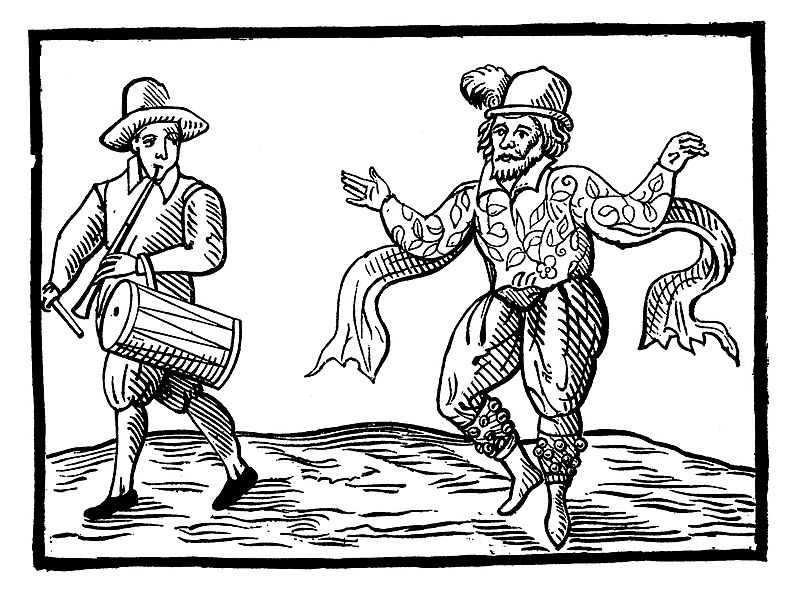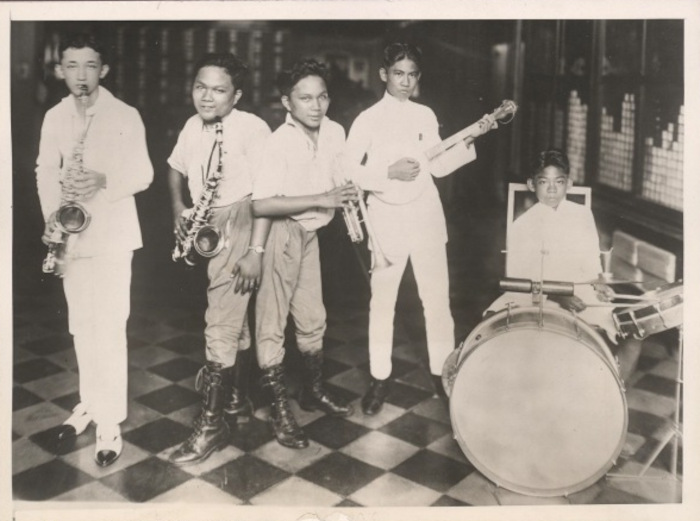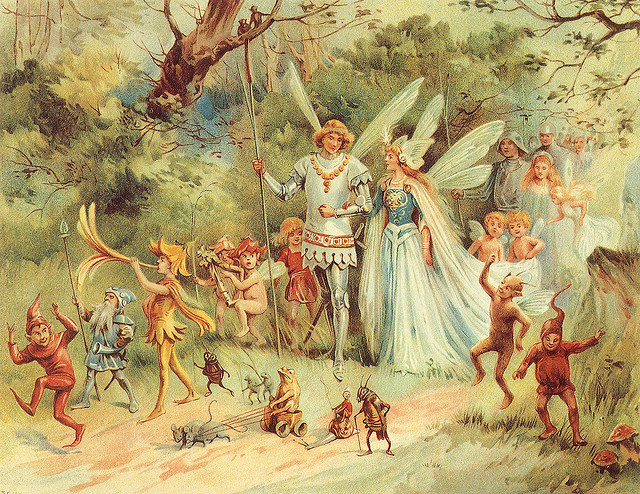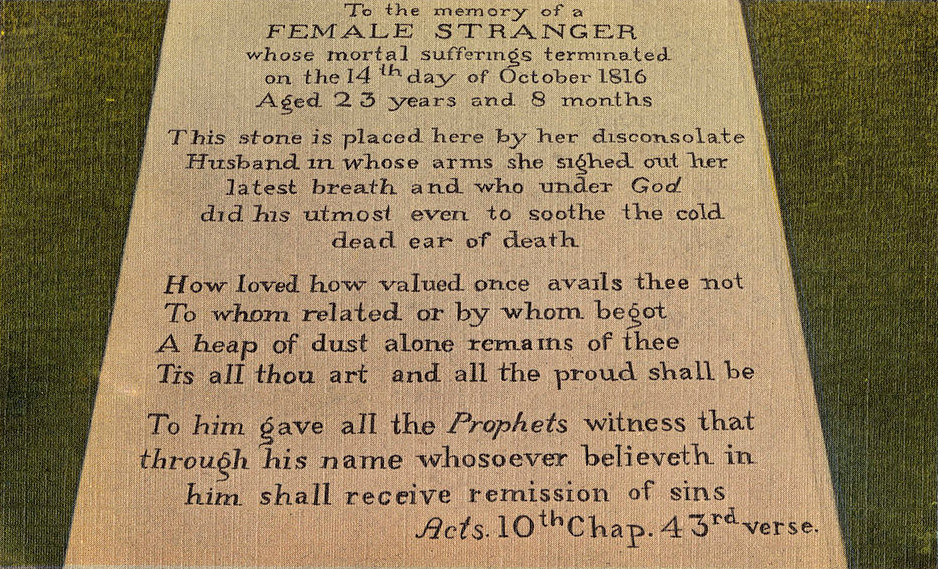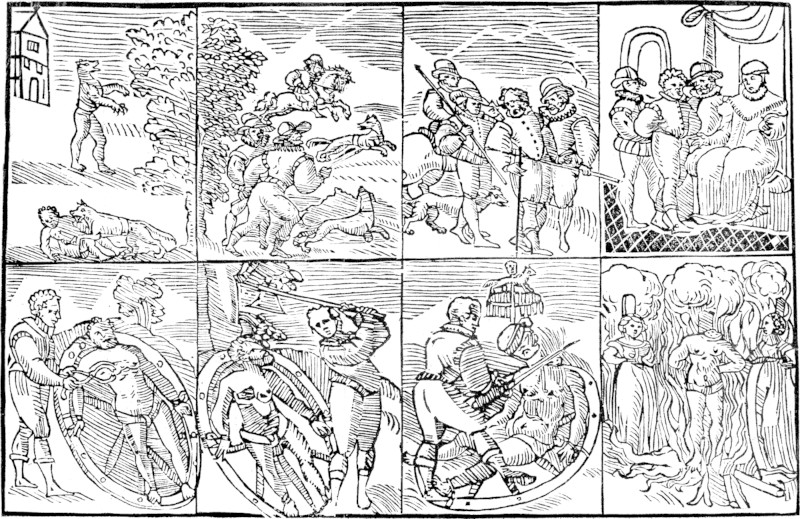
In 1589, German farmer Peter Stumpp confessed that the devil had given him a belt that would give him “the likeness of a greedy, devouring wolf, strong and mighty, with eyes great and large, which in the night sparkled like fire, a mouth great and wide, with most sharp and cruel teeth, a huge body, and mighty paws.”
Over the course of 25 years, he said, he had killed and eaten 14 children, two pregnant women, and their fetuses.
The confession was extracted on the rack, but the magistrate didn’t care: Stumpp was broken, hobbled, beheaded, and burned.
(The Damnable Life and Death of One Stubbe Peeter, a Most Wicked Sorcerer, 1590.)

